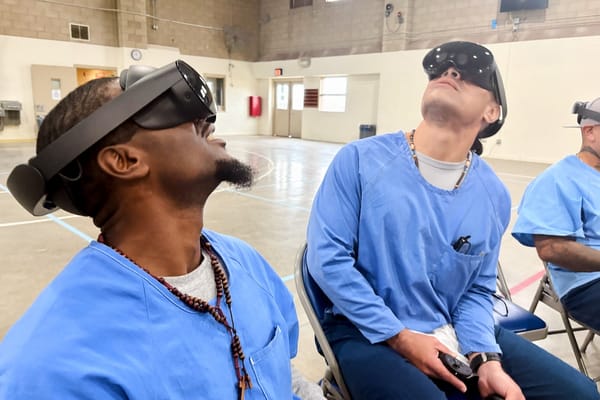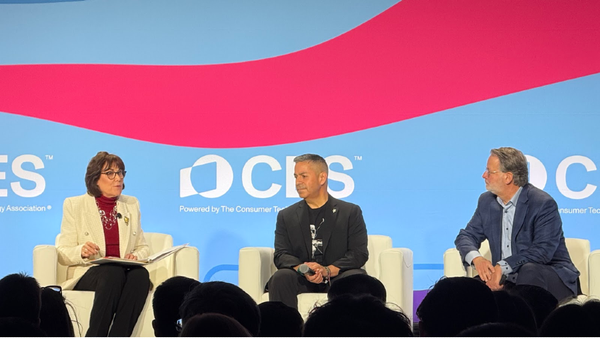Ohio is Accepting BEAD Map Challenges
The challenge process will be open for 21 days.
Teralyn Whipple

June 14, 2024 – Ohio announced Friday that it is now accepting challenges for the map of high-speed internet coverage in the state as required by the Broadband, Equity, Access and Deployment program.
The challenge portal is based on the Federal Communications Commission’s broadband availability data and the federal funding commitment data.
The BEAD program requires states to develop a map of broadband coverage in their jurisdictions and provide residents, non profits, municipalities, and internet service providers with a chance to challenge the coverage claims published in the map.
Prior to the challenge process being opened, Ohio designated all DSL and cellular fixed wireless services as “underserved.” Each location on the state map is given a label as served, underserved, or unserved. The National Telecommunications and Information Administration mandates states to provide service to all unserved addresses through the BEAD program.
Additionally, Ohio removed business-only services from being reported as served on the maps. Where providers reported that they provided business service to a residential address and not residential service, the business service was removed.
Ohio received nearly $800 million through BEAD. The challenge process will run for 21 days, and a 21-day rebuttal period where ISPs can refute coverage challenges will follow. A final, 30-day determination phase will then run.
Funds from BEAD will comprise the third and fourth rounds of the Ohio Residential Broadband Expansion Grant program, which has awarded more than $232 million in grants to 11 service providers. Another $77.5 million was made available during the second round of the ORBEG program, which was financed through the U.S. Department of Treasury’s Capital Projects Fund, and is currently in the process of being awarded.










Member discussion